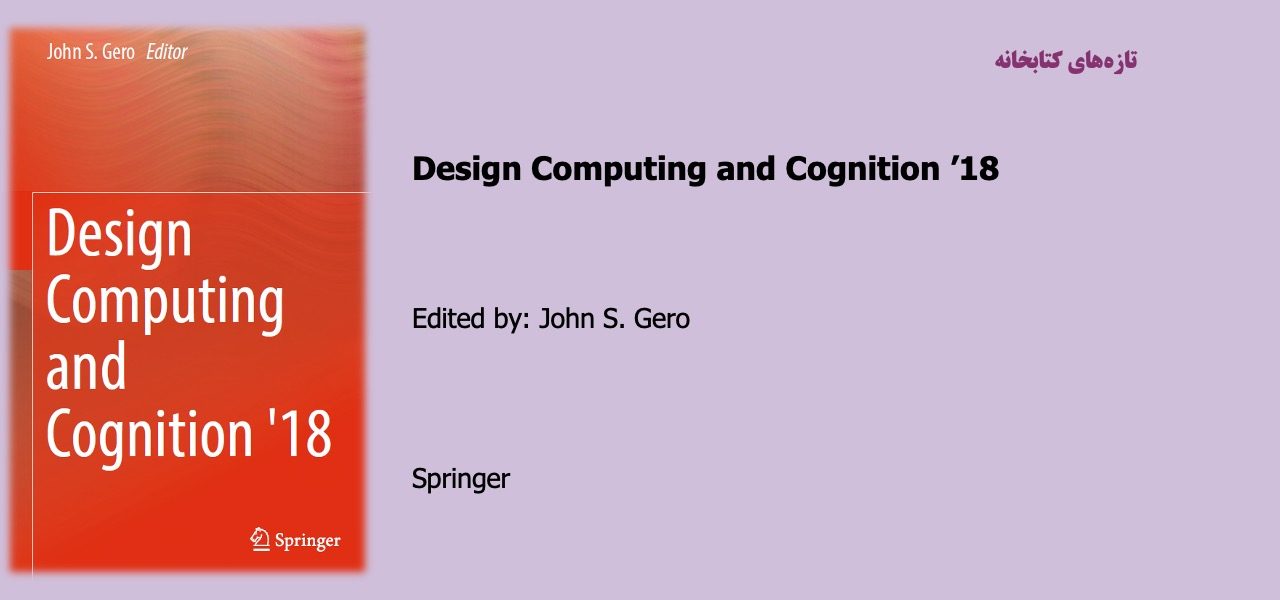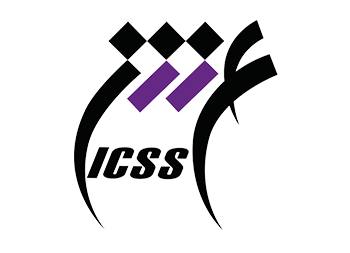Design Computing and Cognition ’۱۸

The Second World War demonstrated that scientific research could be readily translated into technology. This opened up a much larger ambit of research than what had existed previously because of the change in its perceived value. The launch of the Sputnik satellite in 1957 by the Soviet Union prompted a reexamination of research in the West resulting in the establishment of the National Science Foundation and the Defense Advanced Research Agency in the US, which provided, and continue to provide, significant research funding to universities. Multiple disciplines that had not seen research as part of their activities began to view research, and in particular scientific research, as potentially beneficial. Design was one of these disciplines although the transfer of research to industry is not as well developed in design as in many other disciplines. Design, when viewed from inside a discipline, often appears to be very narrowly concentrated within that discipline with little in common with design in other disciplines. This limited focus has made research into design less attractive as a field in its own right rather than being connected to any particular discipline.
Further, the claim that the products of design are unique has been used to support claims that design cannot be studied scientifically because of its inherent lack of reproducibility. Science is built on the notion of regularities in phenomena with its implication of reproducibility. The regularities in designs and designing come from the structure of what has been designed and the processes used in their design, which make it open to scientific study. This division between designs and designing also matches computation well with its foundational ontology of representation and process.
مطالب مرتبط

کتاب تمرین درمان شناختی – رفتاری برای مشکلات سلامت روان
۱ / اردیبهشت / ۱۴۰۴

درآمدی بر روانشناسی خرد
۱ / اردیبهشت / ۱۴۰۴

سرشت – چگونه سیمکشی مغزهای ما هویت ما را تعیین میکنند؟
۱ / اردیبهشت / ۱۴۰۴

